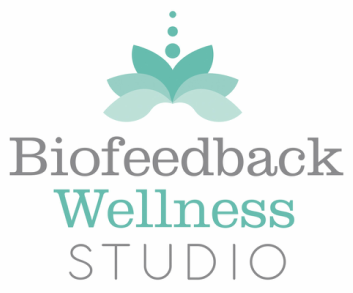
In their series kickoff, these questions were raised: "Is your stress self-induced?" "Are you making yourself too busy?" My first thought was, "I'm guilty--always trying to do too much." Oops, that's negative self-talk. Here's what I really meant: "More and more, I'm learning to focus on what's really important and to let go of the rest." My holiday greeting card to you gives a few tips for reducing your stressors.
Wishing you a meaningful and not too hectic Holiday!
http://www.9news.com/story/news/health/2015/11/23/stress-week/76249186/
http://www.9news.com/story/news/health/2015/11/27/how-email-social-media-are-causing-tech-stress/76452652/
http://www.9news.com/story/life/moms/2015/11/26/stressed-kids/76381186/
http://www.9news.com/story/news/health/2015/11/25/stress-physical-pain/76360150/


 RSS Feed
RSS Feed